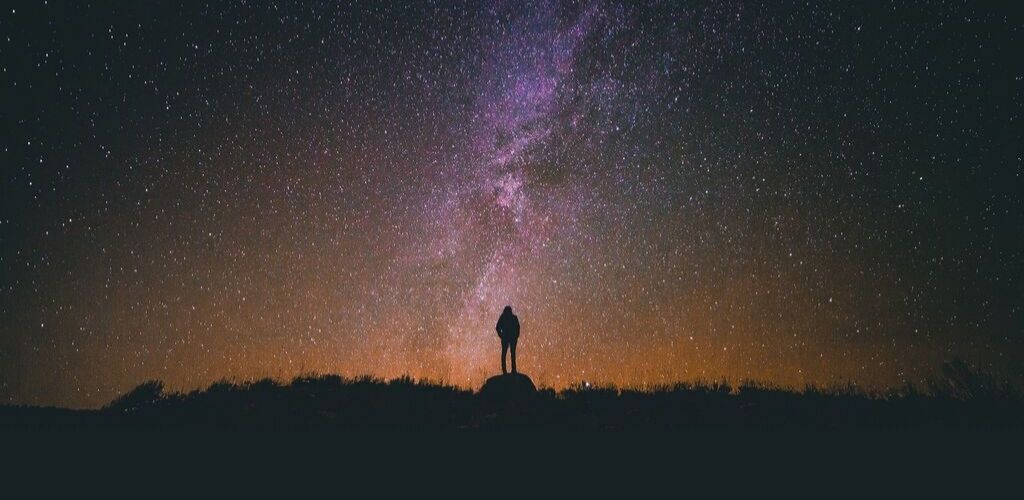
Our universe is vast, it contains treasures of new objects to discover. But what if you think you’ve made a discovery? We will guide you to learn how to make a good report.
While looking through your telescope during one of your many nights of observation, you may encounter an object that you have never seen before. You look over and over again before checking your telescope under the light to see if it is damaged or if there are no fingerprints on the lens. Nothing.
But you clean up to make sure everything is perfect before relocating the object. Is this the long-awaited moment? Have you really made an astronomical discovery?
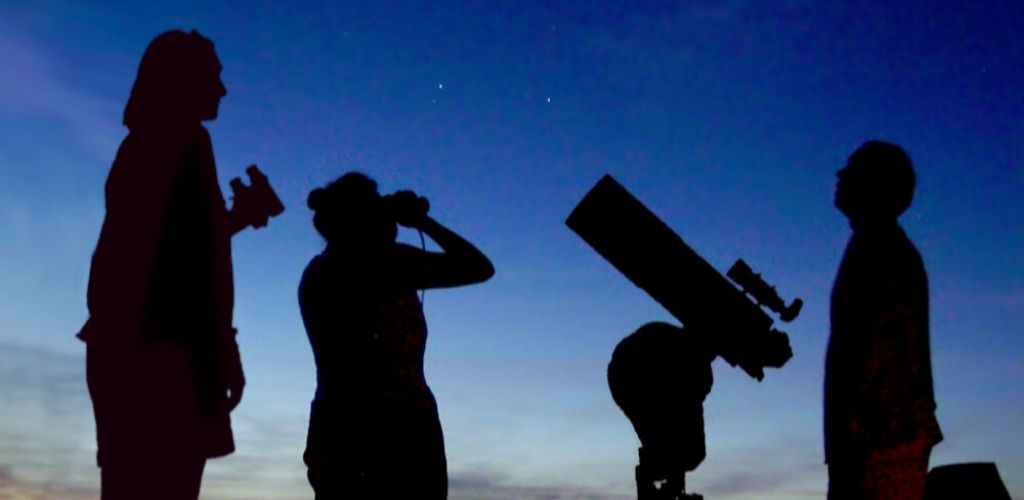
Reporting a discovery is not just for professional astronomers. Amateur astronomers can also play a role in reporting previously unidentified objects in the night sky. This makes astronomy one of the few sciences that allows everyone to claim discoveries.
The sky is big enough for everyone, and it still contains lots of celestial objects just waiting to be discovered and to become the trophy of an amateur astronomer. Asteroids, comets, novae and supernovae are within the reach of amateur astronomers.
In 1993, Carolyn and Gene Shoemaker and David Levy scanned the starry sky to discover a comet orbiting Jupiter. That same piece of fast ice, named Shoemaker-Levy 9, hit the gas giant about a year later. This highlights the possibility of an impact on our own planet.
And it’s not the only comet that has been spotted by amateur astronomers. Another pair that has been noticed by amateur astronomers is Hale-Bopp and the comet ISON. Asteroids have also been discovered by a large number of amateurs.
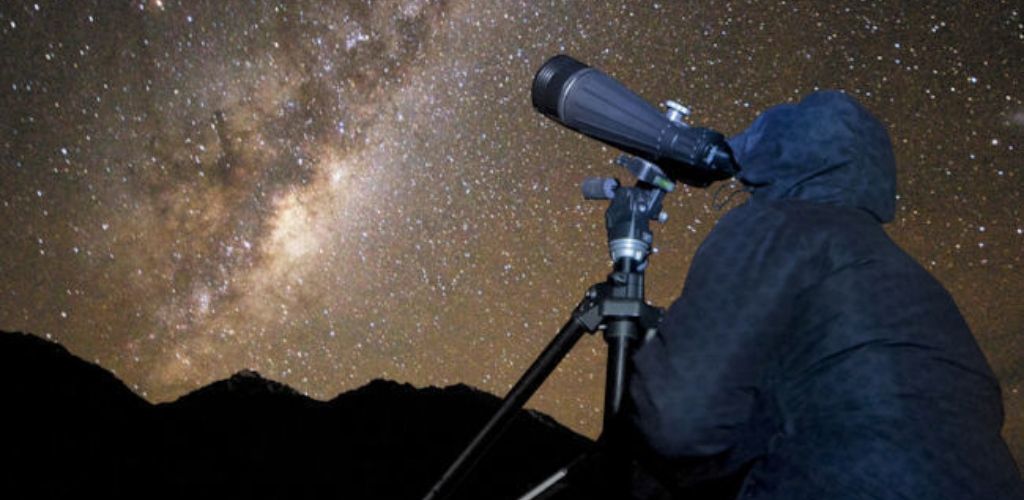
However, amateur astronomers are not limited only to planets, asteroids and comets. British amateur astronomer Tom Boles holds the supernova discovery record with 153 discoveries in his name from his personal observatory in Suffolk.
Once these new objects are discovered, these amateur astronomers must go through various channels. The Shoemaker and Levy had to contact the Central Bureau for Astronomical Telegrams (CBAT) as did Boles with his supernova reports so that they could confirm them.
CBAT is also the organization for reporting sightings of novae and unusual variable star explosions. However, those who locate asteroids or planets must report to the Minor Planet Center, and any new variable stars must be reported to the American Association of Variable Star Observes. Finally, fireballs and meteorites can be reported to the Fireball Data Center of the International Meteor Organization.
How to report an astronomical discovery
You think you’ve found a new planet? The planets around distant solar systems are too weak to be seen by amateur telescopes. Specialized professional telescopes and cameras located in exotic locations like Hawaii, the Canary Islands or even in space are required. However, these telescopes produce so much data that scientists need the help of the public to sort it out.
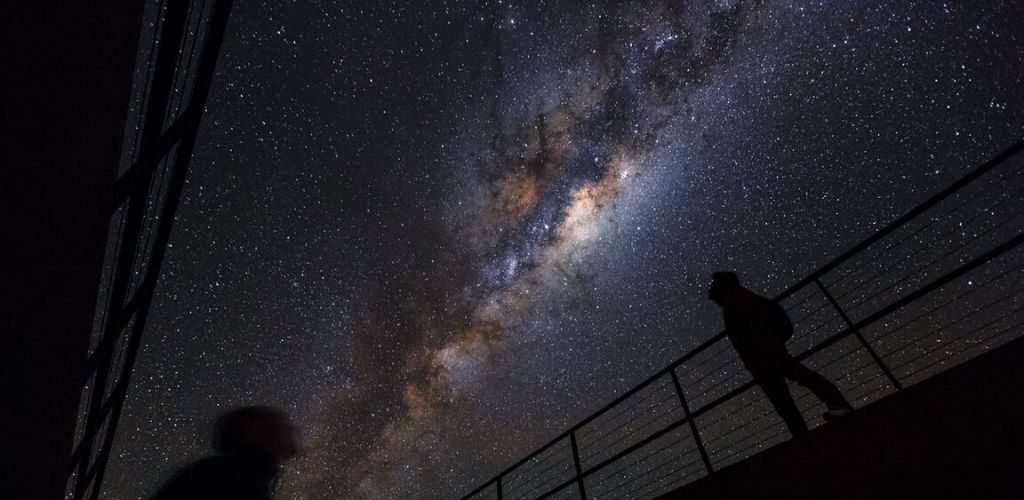
A large number of enthusiasts use the citizen science project “Planet Hunters” which is part of the “Zooniverse” project, and some people have found exoplanets around a star by studying the data collected by this project on their computer. Will you be next?
1) What type of object did you find?
After verifying that what you found is real and not an effect due to your telescope, after confirming your discovery the following night and taking photos in multi-exposures (independent confirmation is very important), you are now ready to search for the type of object it is.
How does it move? If it has a defined or weak movement, if it is not placed in a galaxy, it can be a comet or a minor planet. If it doesn’t move, then you may have found a supernova or a nova.
2) Does it shine a lot?
Your next task is to define the brightness of the object. This information, combined with the movement of the object, can give you clues to your discovery.
If the brightness changes and you are sure it is not a nova or a supernova, you may have detected a variable star. You could detect an unusual variable star explosion, a cataclysmic variable or even a more familiar type of variable star.
3) Search in a list of known objects
Before thinking about reporting on your discovery, you need to check where your potential discovery is located. As soon as you have noted its right ascension and declination, you can then use a sky atlas, like WIKISKY or the Digitized Sky Survey, to make sure that this object has not already been cataloged.
4) What should you include in your report?
If you can’t find the item in the catalogs, then you can take the most exciting step: reporting. Check that you have noted the exact position and time, written a description of the object including its magnitude, and indicated your full name and contact details.
Add information about your location and the equipment t used to detect it, as well as information about the sources used to verify that this object is new.
5) Where to send your report?
Depending on what you think you have found, there are different organizations to send your report. For comets, supernovae and unusual variable star explosions, contact the CBAT, for minor planets and asteroids the Minor Planet Center, and for new variable stars the American Association of Variable Star Observers.
20 inspiring discoveries by amateur astronomers
Perhaps you think, with the proliferation of observatories on Earth, telescopes and probes in space, that there is no room for amateur astronomy.
However, space agencies like NASA really appreciate the collaboration between professional astronomers and amateur astronomers. As an amateur astronomer, you can hunt meteors, comets and exoplanets.
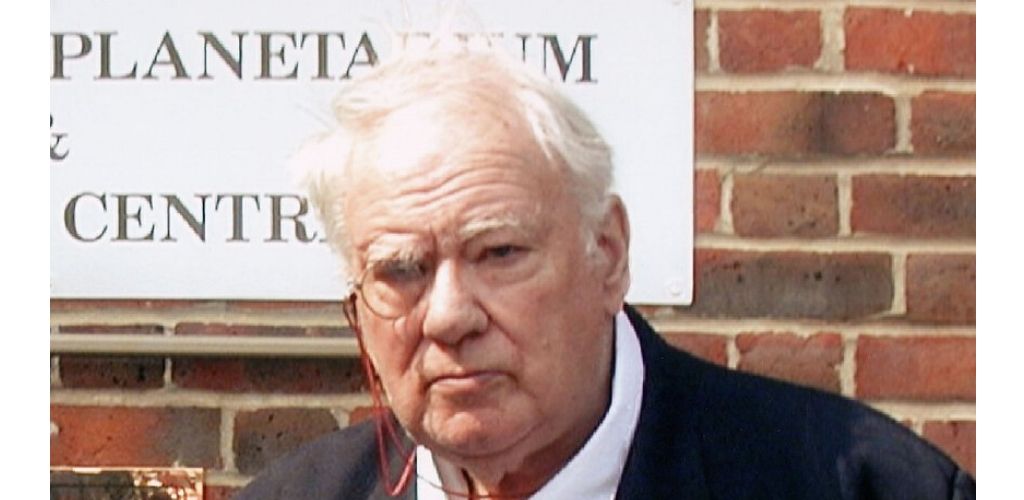
Patrick Moore detailed the lunar surface – Source: South Downs Planetarium / CC BY-SA (https://creativecommons.org/licenses/by-sa/3.0)
The reason is that amateur astronomers can fill the spaces left aside by automated observatories and professionals who focus on limited study areas. Often the amateur astronomer is just lucky and finds something right away, but he can also spend years observing it.
For example, it took British amateur astronomer George Alcock six years to find a comet and five more days to find a second one. On the other hand, Thomas Bopp, who co-discovered the comet Hale-Bopp, spotted it by chance.
With modest equipment or even just a computer, you are more likely than ever to become a pioneer of the amateur astronomy. If you need evidence, read the few examples below.
The Jovian moons (Io, Europa, Ganymede and Callisto)
- Discovered by: Galileo Galilei
- Date: January 1610
Using a telescope with x20 magnification, Galileo noticed what looked like four stars near Jupiter. For two months, he continued to observe these objects and determined that they were satellites orbiting Jupiter.
This discovery shattered the Ptolemaic belief that the Earth was at the center of the universe and demonstrated the effectiveness of telescopic observations.
The planet Uranus
- Discovered by: William Hershel
- Date: March 1781
Herschel was a musician who lived in Bath in the United Kingdom. He was interested in mathematics and lenses and this led him to build his telescopes.
Using his own equipment, he started looking for double stars. During his observations, he found what he initially thought was a comet, but by analyzing its position, he discovered that it was a planet orbiting beyond Saturn.
The sunspot cycle
- Discovered by: Heinrich Schwabe
- Date: 1843
German amateur astronomer, Heinrich Schwabe recorded the position of sunspots practically every day for 17 years. His goal was to discover the hypothetical Vulcan planet, in orbit between Mercury and the Sun.
When he looked at his data, he noticed a 10-year cycle in sunspot activity, which was revisited at 11 when other data was analyzed.
Nova Cygni 1920
- Discovered by: Will Denning
- Date: August 20, 1920
Will Denning was trained as an accountant, but devoted himself to amateur astronomy. He discovered four comets and two novae.
He was looking for meteors when he noticed a very bright new star in the Cygnus constellation. It was named Nova Cygni 1920 (V476 Cygni), and it was one of the highlights of his observer career.
The white spot of Saturn
- Discovered by: Will Hay
- Date: August 3, 1933 at 10:35 p.m.
A British comedian, Will Hay was a member of the Royal Astronomical Society and had his own observatory. It used a 152 mm Cooke refractor.
He was the first to notice a large bright spot in the equatorial region of Saturn. The huge storm was visible for months before it disappeared.
Details of the lunar surface
- Discovered by: Patrick Moore
- Date: from 1945
Patrick Moore has inspired generations of amateur and professional astronomers with his enthusiasm and knowledge.
The Moon was his main focus and his detailed maps were used by the Russians to verify the images captured by Lunar 3 in 1959 and by NASA when it prepared for the moon landing.
Multiple variable stars
- Discovered by: Michiel Daniel Overbeek
- Date: from 1951
This South African was credited for seeing 250,000 variable stars over a 40-year period, a record. At the age of 15, he used a reading glass and a pocket microscope to create his own telescope.
Its data collected on variable stars was used to plan the observation time of the Hubble telescope.
Multiple Supernovae
- Discovered by: Owen Robert Evans
- Date: from 1955
During a period spanning more than 40 years, Robert Evans, a minister of the Unified Church in Australia (UCA), discovered a comet and 40 supernovae.
He also managed to memorize the position of 1,500 galaxies by heart, and this allowed him to quickly examine these elusive and powerful stellar explosions.
Comet C / 1959 Q1 (Alcock)
- Discovered by: George Eric Deacon Alcock
- Date: August 27, 1959
After taking an interest in meteor showers, Alcock concentrated his research on comets and novae. Like Robert Evans, he determined the position of thousands of stars to be able to easily locate the new ones.
Over a 24-year period, he discovered five comets. In addition, he spotted four novae, the latest being Nova V838 Her, in 1991.
Comet C / 1995 01 (Hale-Bopp)
- Discovered by: Thomas Hale, Alan J. Bopp
- Date: July 23, 1995
Two amateur astronomers from the United States independently spotted one of the brightest comets of the 20th century.
Alan Hale saw the comet through his telescope from the aisle of his house. The same evening, factory director Thomas Bopp saw it through a friend’s telescope.
OGLE-2005-BLG-071
- Discovered by: Grant Christie, Jennie McCormick
- Date: April 2005
With the data provided by these two New Zealand amateur astronomers, who were members of the Microlensing Follow Up Network, a new exoplanet has been confirmed.
It should be three times the size of Jupiter and would be 15,000 light years away.
Asteroid on Jupiter
- Discovered by: Anthony Wesley
- Date: July 19, 2009
Using his 14.5 inch Newtonian telescope from his home in New South Wales, Australia, Anthony Wesley captured images of a moving point on Jupiter. It turned out that it was an asteroid that collided with the planet. The event is now called the Wesley Impact.
Saturn’s storm
- Discovered by: Erick Bondoux, Jean-Luc Dauvergne, Jim Phillips, Don Parker
- Date: January 25, 2006
Two French people working together and two American amateur astronomers working separately, members of the Association of Lunar and Planetary Observers, noticed a white spot on the surface of Saturn. NASA used it to confirm the presence of a storm detected by its Cassini space probe.
Stellar current NGC 4449
- Discovered by: Robert Jay Gabany
- Date: April 2010
Robert Jay Gabany is a pioneer in the use of digital cameras and small telescopes to capture images of stars and galaxies in long exposure.
He worked with the Max Planck Institute for Astronomy in Germany to obtain images of a hitherto undetected stellar current. His skills helped to map and analyze a stellar current in the halo near the galaxy NGC 4449.
Supernova SN2014J
- Discovered by: UCL students
- Date: January 21, 2014
This supernova was accidentally discovered by Steve Fossey, an astronomer at the University College of London, while he was showing four younger students (Ben Cooke, Guy Pollack, Matthew Wilde and Thomas Wright) how to use a small telescope. The supernova is located in Messier 82, also known as the Cigar Galaxy.
Kn 61 Planetary Nebula
- Discovered by: Matthias Kronberger
- Date: January 2011
The Austrian Matthias Kronberger spotted this intriguing nebula in the shape of a raspberry in the Cygnus constellation. He is a member of the Deep Sky Hunters group which exchanges data between amateurs and professionals.
C/2011 W3 (Lovejoy)
- Discovered by: Terry Lovejoy
- Date: November 27, 2011
Terry Lovejoy specializes in the search for comets using modified digital device technology. He uses this equipment from his home in Queensland, Australia.
He discovered three comets with it. His most beautiful discovery is C/2011 W3, a comet of the Kreutz group (perihelion close to the Sun).
Comet C/2012 S1 (ISON)
- Discovered by: Vitali Nevski, Artyom Novichonok
- Date: September 21, 2012
This comet was spotted by Vitali Nevski and Artyom Novichonok, both being members of the ISON (International Scientific Optical Network).
It was a comet that attracted everyone’s attention when it was discovered because scientists thought it could be brighter than Comet Lovejoy when it passed through the Sun’s atmosphere in November 2013. There was strong rumors that it may be the “comet of the century”.
Exoplanets
- Discovered by: Roy Jackson
- Date: from 2012
As part of the “Planet Hunters” project, these volunteers sifted through the data provided by NASA’s Kepler space telescope to discover the existence of 42 potential exoplanets. Fifteen have been identified as being in the habitable zone of their star, which indicates that they could harbor life.
For this research, they used their web browser and not a telescope to discover exoplanets missed or forgotten by professionals. One of the volunteers was 71 years old (Roy Jackson), a retired police officer from Gateshead.
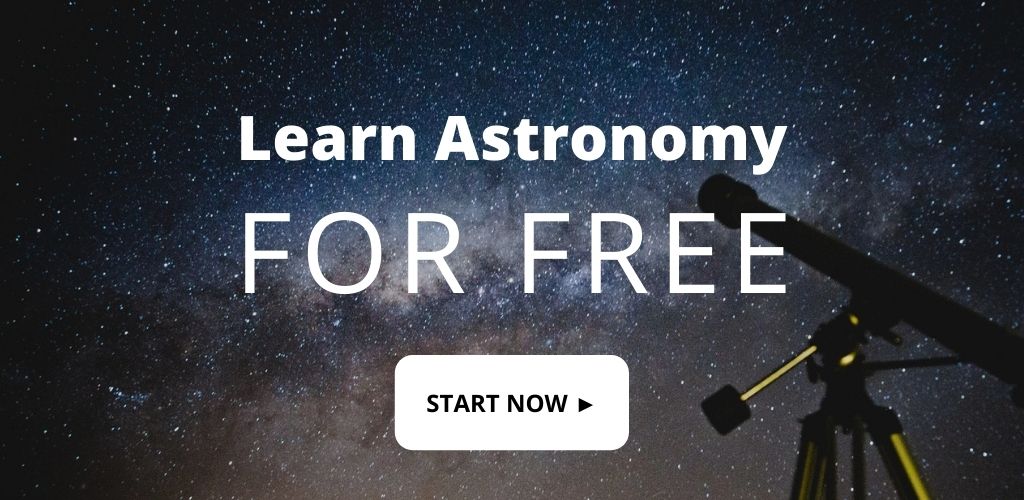
- Image credits:
- Amateur astronomy: Halfblue / CC BY-SA (http://creativecommons.org/licenses/by-sa/3.0/)
- Beneath the Milky Way: ESO/Luis Calçada/Herbert Zodet / CC BY (https://creativecommons.org/licenses/by/4.0)
- Sir Patrick Moore: South Downs Planetarium / CC BY-SA (https://creativecommons.org/licenses/by-sa/3.0)